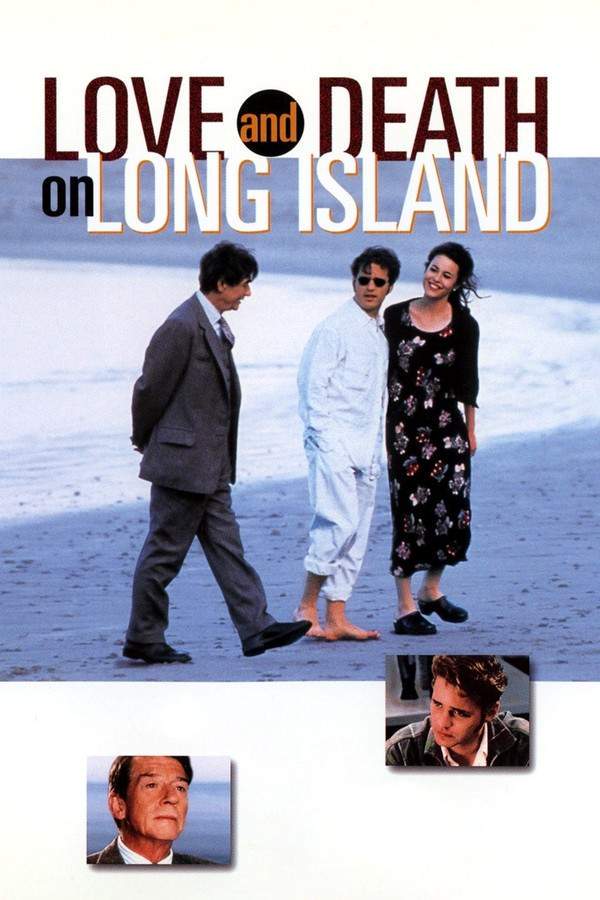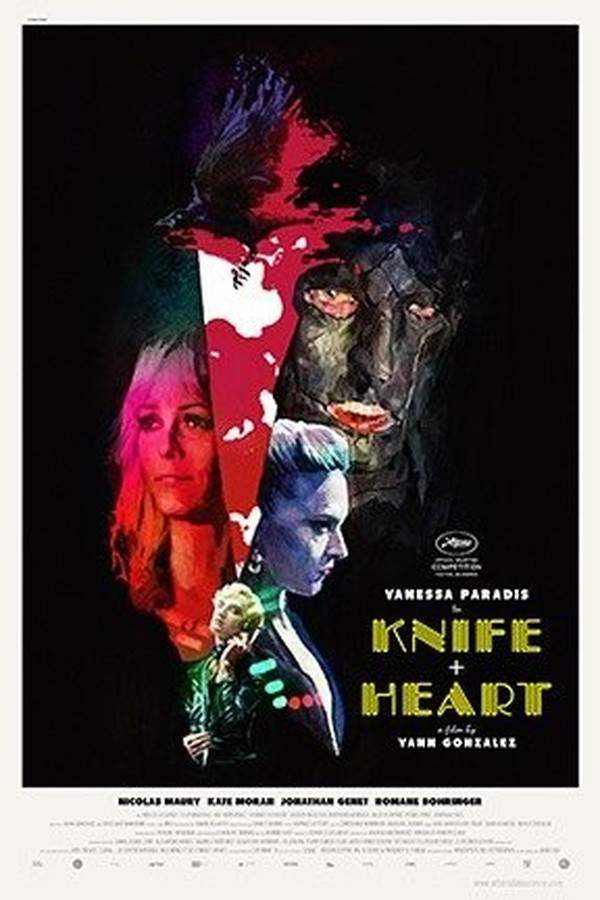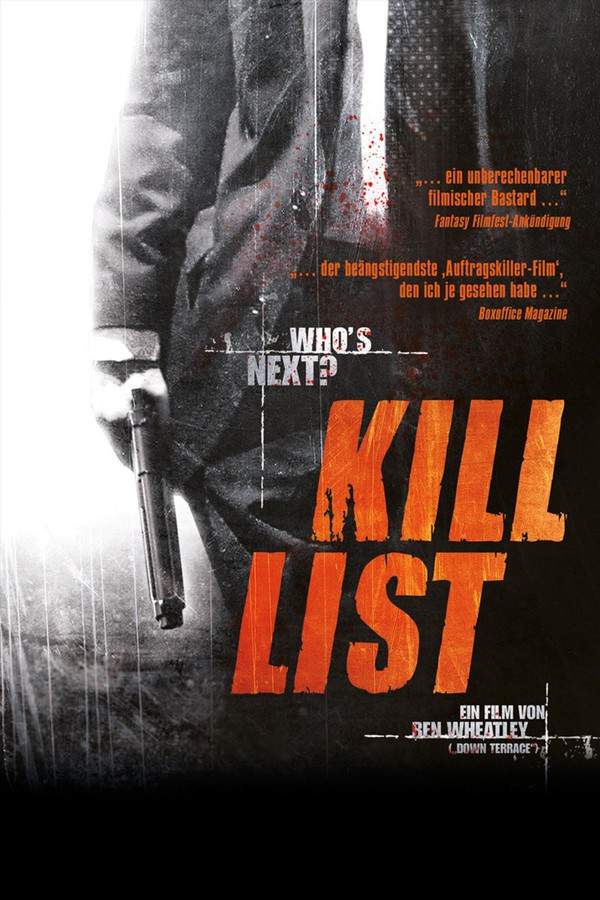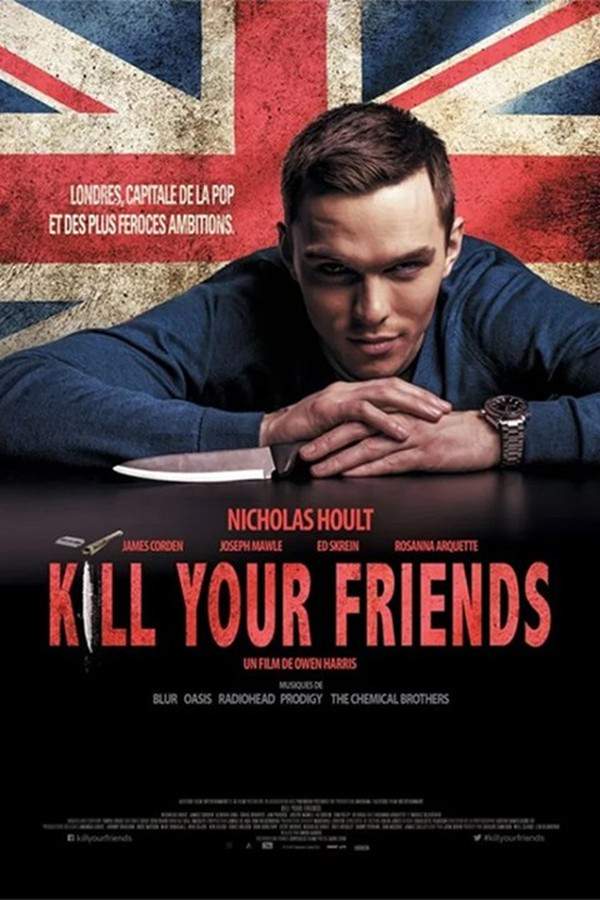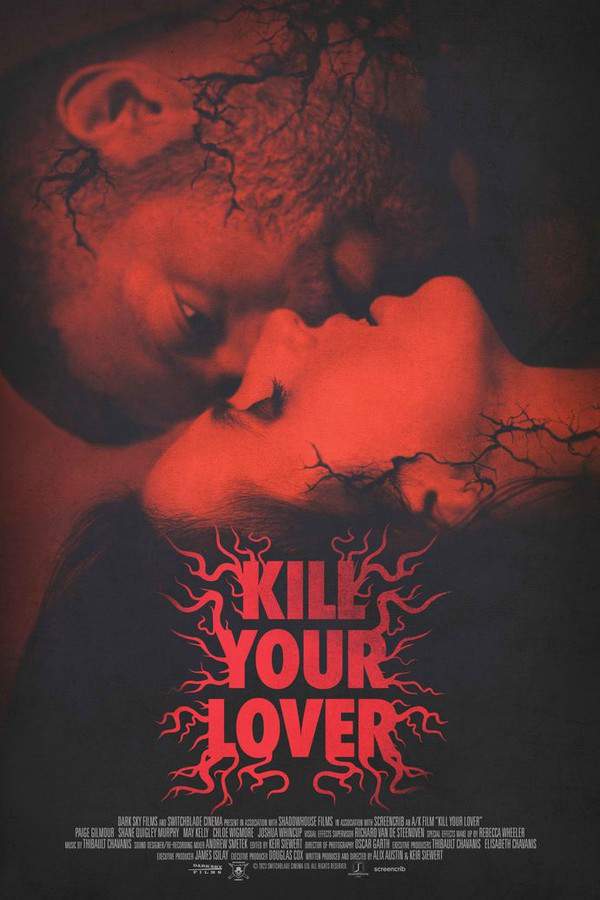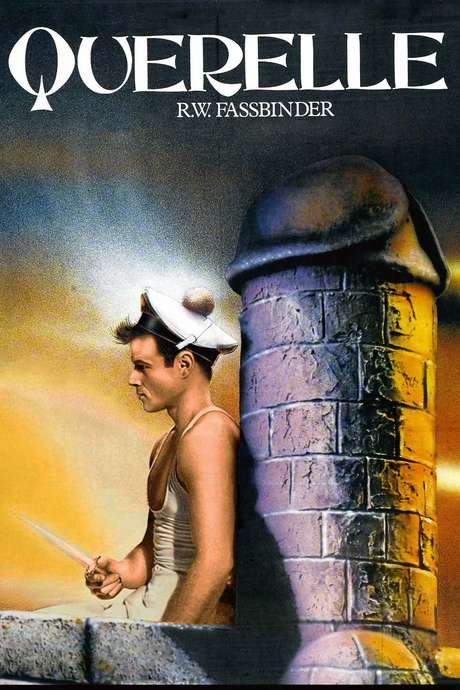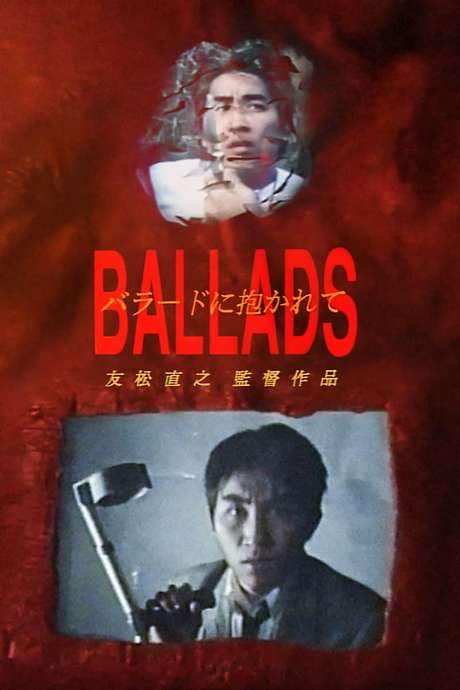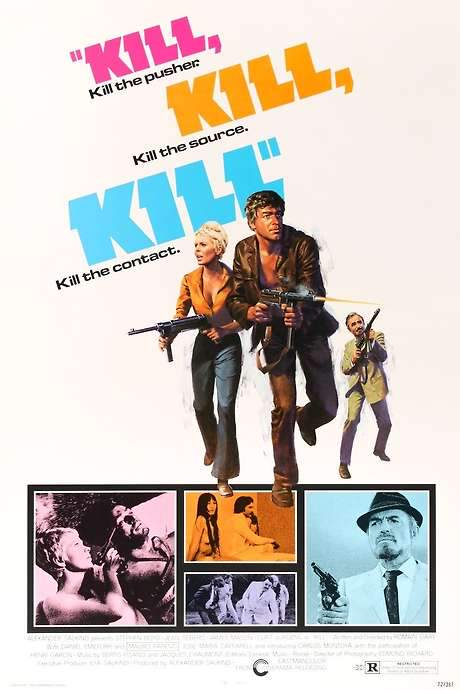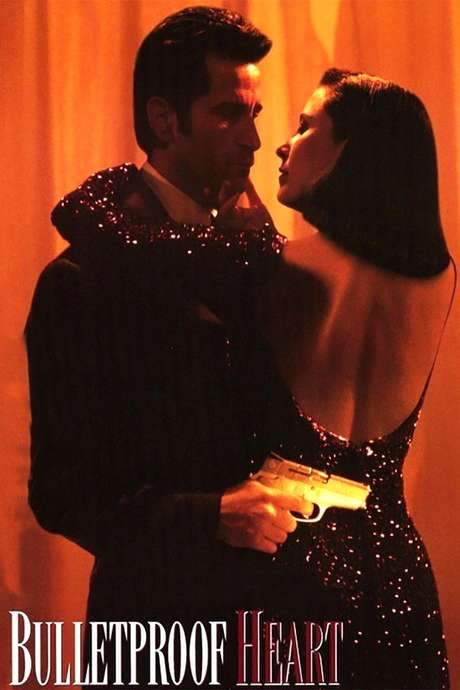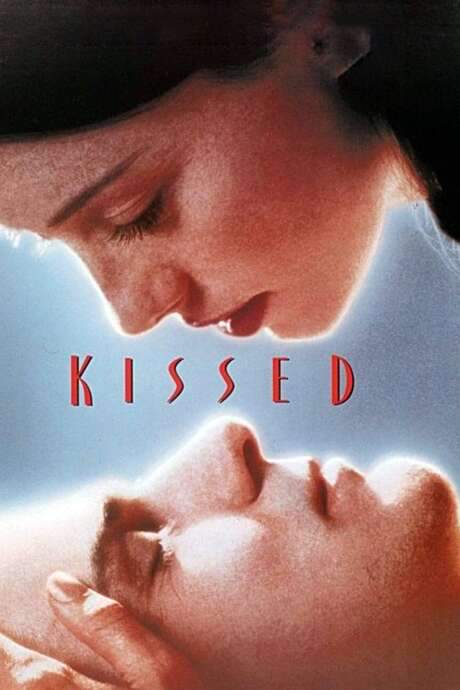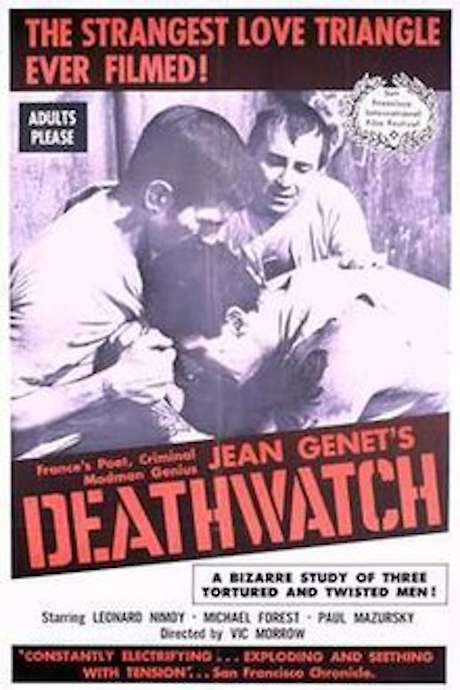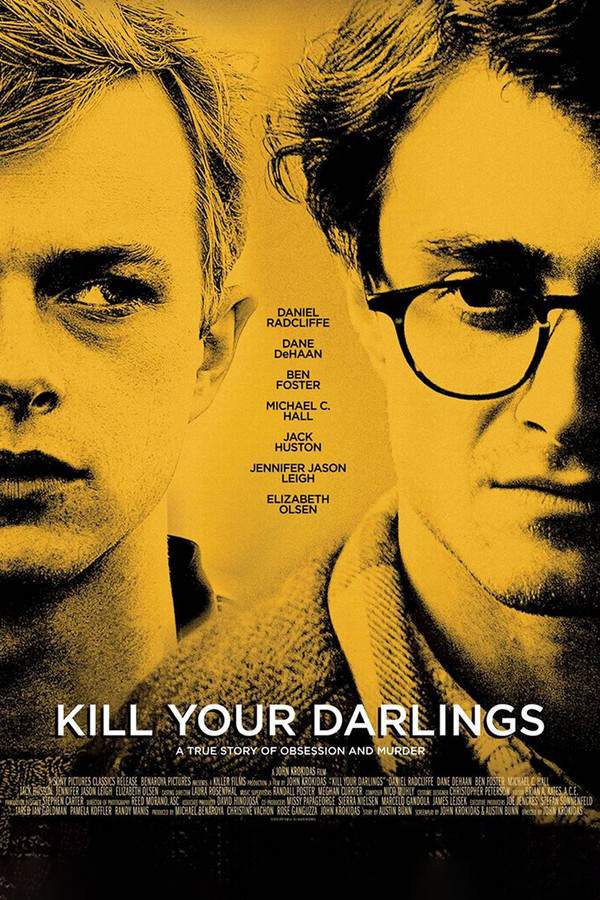
Kill Your Darlings
Year: 2013
Runtime: 104 min
Language: English
Director: John Krokidas
In 1944, a young Allen Ginsberg experiences a transformative encounter with the charismatic Lucien Carr. Their intense rivalry ignites a dangerous obsession, complicated by the allure of the New York literary scene. A tragic death among their circle throws the group into turmoil, blurring the boundaries of friendship and love. The ensuing trial reveals the dark side of artistic ambition and exposes a shocking truth about the lives of these burgeoning poets.
Warning: spoilers below!
Haven’t seen Kill Your Darlings yet? This summary contains major spoilers. Bookmark the page, watch the movie, and come back for the full breakdown. If you're ready, scroll on and relive the story!
Kill Your Darlings (2013) – Full Plot Summary & Ending Explained
Read the complete plot breakdown of Kill Your Darlings (2013), including all key story events, major twists, and the ending explained in detail. Discover what really happened—and what it all means.
In 1944, Allen Ginsberg arrives at Columbia University in New York City as a wary, inexperienced freshman, quickly finding himself drawn into a tight circle of young, hungry minds who want to redefine literature and rebellion. Early on, he crosses paths with Lucien Carr, an unruly, magnetic figure who clings to anti-establishment beliefs and seems to see the world as a stage for personal transformation. Ginsberg soon learns that Carr’s place at Columbia is kept not by the rules of academia, but by the intervention of a powerful, troubled man: David Kammerer, a janitor-professor who ghostwrites Carr’s term papers and exerts abusive pressure to secure Carr’s continued enrollment. Kammerer’s possessive, predatory relationship with Carr casts a dark shadow over Carr’s academic and personal life, chilling the air around their fragile circle.
As Ginsberg spends more time with Carr, the orbit expands to include the ambitious, restless writers who will soon be celebrated—and feared—for challenging the status quo. He meets William S. Burroughs, a man already deeply immersed in experiments with drugs and the boundaries of conventional morality, and Jack Kerouac, a sailor who has been expelled from Columbia and is hungry for new forms of expression. Together, this group begins to form a loose yet fervent literary movement they call the New Vision, an insurgent response to the rigid laws, institutions, and even their own professor Steeves. The energy is electric: late-night discussions, streetwise camaraderie, and a shared belief that art can break free from tradition. For Ginsberg, the friendship also unlocks an intimate complicity he hadn’t anticipated, as his feelings toward Carr grow warmer and more complicated, blending mentorship with something deeper and more personal.
Under the surface of camaraderie and creative fervor, tension simmers. Carr breaks away from Kammerer, drawing Ginsberg into his effort to sever the hold Kammerer has on his life and his papers. With Carr’s plan in motion, Kammerer retaliates in a brutal, shocking way that changes everything: he lures Kerouac’s cat into a frightening situation, a stunt that Kerouac discovers and rescues in the dead of night. The incident marks a turning point, intensifying the precarious bonds inside this fragile group and setting a chain of events that no one can fully control.
The group’s next steps take them toward a shared dream of escape and adventure. Carr and Kerouac attempt to join the merchant marine together, hoping to travel to Paris and immerse themselves in a world of writing, philosophy, and possibility. But a confrontation between Carr and Kammerer erupts in violence, and Kammerer is killed by stabbing. Carr is arrested, and the careful balance of their fragile world begins to unravel as public scrutiny and legal peril loom over everyone connected to the case.
With Kammerer dead and Carr under arrest, the burden falls on Ginsberg to bear witness in a way that could salvage his friend—or destroy him. Carr asks Ginsberg to write his deposition, and the writer is initially reluctant, torn between loyalty and the fear of exposing a much deeper truth. Yet as Ginsberg uncovers crucial evidence about Kammerer’s past and his relationship with Carr, the nature of the tragedy becomes clearer. He composes a powerful deposition piece, a testament to the emotional reality of what happened, which Carr rejects as “fiction.” Carr pleads with Ginsberg not to reveal it to anyone, fearing that the truth could ruin him during the ensuing trial.
Part of the story that the deposition helps illuminate is a revelation from Carr’s mother: Kammerer was the first person to seduce Carr when he was much younger, back in Chicago. This contextual detail complicates the courtroom narrative and adds a layer of complexity to Carr’s self-defense claim. After the trial, Carr testifies that the attack occurred in self-defense, asserting that he acted only to protect himself from a predatory violence that had haunted him for years. Despite this defense, the case unfolds with nuance and ambiguity, and Carr receives only a short sentence for manslaughter rather than a murder conviction, a verdict that feels both shocking and somehow consistent with the tangled web of relationships that preceded it.
Back at Columbia, Ginsberg completes the term paper that has the potential to redefine his future and that of the entire group. He submits The Night in Question, a stark, emotionally resonant account that captures the raw, human dimensions of the events. The piece becomes the focal point of the controversy surrounding his own future at the university: he faces possible expulsion, a choice that forces him to confront what kind of writer—and what kind of person—he wishes to be. In a bid to protect the integrity of his own voice, Ginsberg chooses the path that could end his formal academic career, even as it leaves behind a manuscript that embodies a truth he believes in.
Ultimately, the narrative circles back to the moment when Ginsberg must decide whether to align with conventional expectations or to pursue his own path as a writer, driven by a conviction that art can and should bear witness to lived truth. The university’s response arrives in the form of a challenge—expulsion or establishment—and Ginsberg steps away from the typical path, taking with him the manuscript that could have defined his future. A short time later, the promise of encouragement surfaces in the form of a note that accompanies the typescript, hinting at a future where he is urged to pursue writing despite the upheaval of his current circumstances.
This story—rooted in a historical, charged moment—brings to life a constellation of young writers who would go on to shape a generation. It is a portrait of ambition, vulnerability, and the cost of choosing one’s own voice in a world that often resists such rebellion. The film uses a restrained, contemplative tone to chart a journey from scholarly beginnings to a broader, more controversial artistic awakening, inviting viewers to weigh loyalty, truth, and the enduring hunger for creative freedom.
Last Updated: October 09, 2025 at 16:21
Unlock the Full Story of Kill Your Darlings
Don't stop at just watching — explore Kill Your Darlings in full detail. From the complete plot summary and scene-by-scene timeline to character breakdowns, thematic analysis, and a deep dive into the ending — every page helps you truly understand what Kill Your Darlings is all about. Plus, discover what's next after the movie.
Kill Your Darlings Timeline
Track the full timeline of Kill Your Darlings with every major event arranged chronologically. Perfect for decoding non-linear storytelling, flashbacks, or parallel narratives with a clear scene-by-scene breakdown.

Characters, Settings & Themes in Kill Your Darlings
Discover the characters, locations, and core themes that shape Kill Your Darlings. Get insights into symbolic elements, setting significance, and deeper narrative meaning — ideal for thematic analysis and movie breakdowns.

Similar Movies to Kill Your Darlings
Discover movies like Kill Your Darlings that share similar genres, themes, and storytelling elements. Whether you’re drawn to the atmosphere, character arcs, or plot structure, these curated recommendations will help you explore more films you’ll love.
Explore More About Movie Kill Your Darlings
Kill Your Darlings (2013) Scene-by-Scene Movie Timeline
Kill Your Darlings (2013) Movie Characters, Themes & Settings
Kill Your Darlings (2013) Spoiler-Free Summary & Key Flow
Movies Like Kill Your Darlings – Similar Titles You’ll Enjoy
Love and Death on Long Island (1998) Plot Summary & Ending Explained
Knife + Heart (2019) Ending Explained & Film Insights
Kill List (2012) Story Summary & Characters
Kill Your Friends (2016) Ending Explained & Film Insights
Kill Your Lover (2024) Complete Plot Breakdown
Kiss and Kill (2017) Detailed Story Recap
Querelle (1982) Full Summary & Key Details
Ballads (1993) Story Summary & Characters
Kill! (1971) Spoiler-Packed Plot Recap
Kiss or Kill (1997) Plot Summary & Ending Explained
Kill Kill Faster Faster (2008) Story Summary & Characters
Killer (1994) Ending Explained & Film Insights
A Kiss to Die For (1993) Plot Summary & Ending Explained
Kissed (1996) Detailed Story Recap
Deathwatch (1966) Spoiler-Packed Plot Recap



